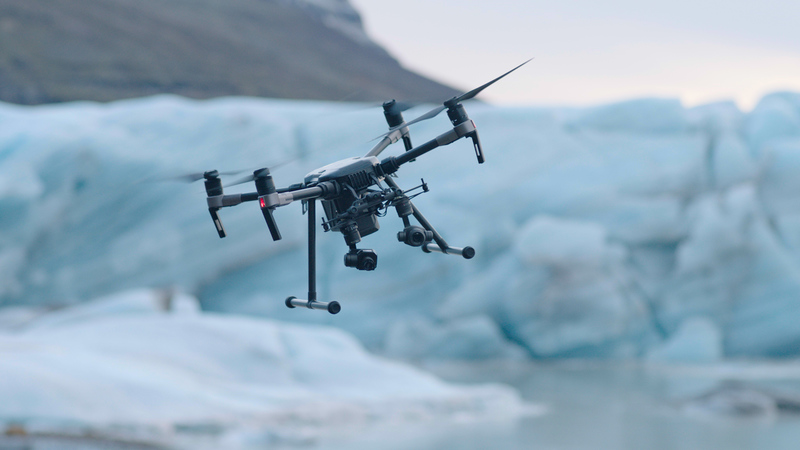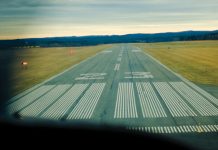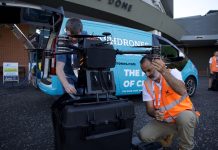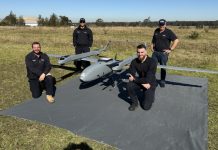Drone manufacturer DJI has announced its latest model will have a built-in automatic dependant surveillance broadcast (ADS-B) receiver.
Due to be released over the coming months, the Matrice 200 (M200) series is marketed on adaptability and durability, aimed towards commercial operators carrying out aerial inspections, precision agriculture, firefighting and search-and-rescue.
But it’s the inclusion of an ADS-B receiver that has captured the attention of many in aviation safety circles.
‘The M200 series features a built-in ADS-B receiver,’ says DJI, ‘…enhancing airspace safety by automatically providing the operator with real-time information about the position, altitude and velocity of nearby manned aircraft equipped with ADS-B transmitters.’
The technology, dubbed ‘AirSense’ by DJI, enables advisory traffic information from nearby manned aircraft, creating ‘safer and more efficient use of airspace’.

Maintaining separation between manned and unmanned aircraft is perhaps the greatest safety concern facing the rapidly growing drone industry, with many putting forward ADS-B as a possible solution.
ADS-B is a system in which electronic equipment onboard an aircraft automatically broadcasts the precise location of the aircraft via a digital data link. The data allows other nearby aircraft and air traffic control to see what a broadcasting aircraft is doing, transmitting identity, altitude, velocity and other relevant data without the need for radar. The M200 does not broadcast its position, however.
ADS-B equipment mandates for manned aircraft have been progressively implemented in Australia since 2007, with the final mandate, requiring all aircraft operating under instrument flight rules (IFR) to be equipped, taking effect at the start of February 2017.
Other safety features on the Matrice include seven forward-facing sensors capable of detecting obstacles up to 30 metres ahead; while the upward-facing infrared sensors can sense obstacles within a 5-metre range. A downward-facing vision positioning system enables precision hovering and landing.
Other notable specifications include a 3.8 kg take-off weight, 38-minute flight time and a seven-kilometre operating range.
You can find more information via DJI’s website.





Comments are closed.